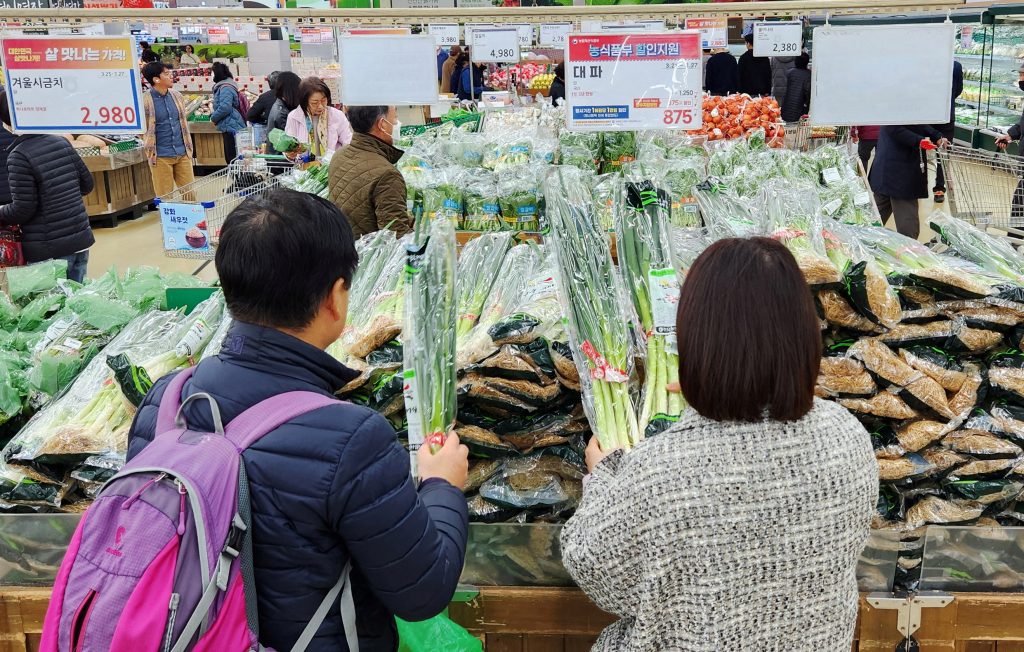Context:
South Korea recently announced that food producers and suppliers must inform customers of any reductions in product size or risk fines
Key Highlights
- Processed food manufacturers and household supply companies will be required to display labels for three months if they downsize products in a manner that raises the unit price.
- The aim is to prevent companies from reducing product size or quantity which results in apparent price increase for consumers without adequate notice.
About ‘Shrinkflation’
‘Shrinkflation’, is a term made up of two words, shrink and inflation. The “shrink” relates to the change in product size, while the “flation” refers to inflation, the rise in the price level.
It refers to the act of reducing the size or quantity of a product while the price of the product remains the same. It acts as a hidden form of inflation.

- For Example: Coca-Cola reduced the size of its large bottle from 2 litres to 1.75 litres but the price remains the same.
Sometimes, this term can also imply a lowering of the quality of a product or its ingredients while the price remains constant.
“Pippa Malmgren, a British economist, is widely acknowledged for coining the term in 2009.
The phenomenon has become quite common in the food and beverage industry.
Shrinkflation has become a concern for consumers and governments worldwide due to declining purchasing power amidst rising inflation.
Causes of ‘Shirnkflation’
- Rising Production Costs: Companies facing higher expenses for materials or labour may shrink product sizes to avoid directly increasing prices.
- Market Competition: In competitive markets, businesses shrink products to stay price-competitive, rather than raising prices and risking loss.
- Hidden Inflation: Shrinkflation discreetly adjusts product sizes, hiding price increases to avoid alarming consumers about inflation.
Impact of ‘Shirnkflation’
- Shrinkflation can mask true inflation rates since official measures often focus on price changes rather than changes in product size or quantity.
- It can contribute to a decrease in consumers’ standard of living as they pay more for less.
Similar Initiatives by other countries to counter ‘Shrinkflation’
- In France retailers will need to display signage for all products that have been reduced in size without corresponding price reductions.
Way Forward
- Enforce Transparency: Ensure strict enforcement of regulation on informing consumers about product size reductions to promote transparency.
- Consumer Awareness: Conduct campaigns to educate consumers about shrinkflation and its effects on purchasing power.
- Monitoring and Reporting: Establish systems for regular monitoring and reporting of shrinkflation trends across industries to keep stakeholders informed.

